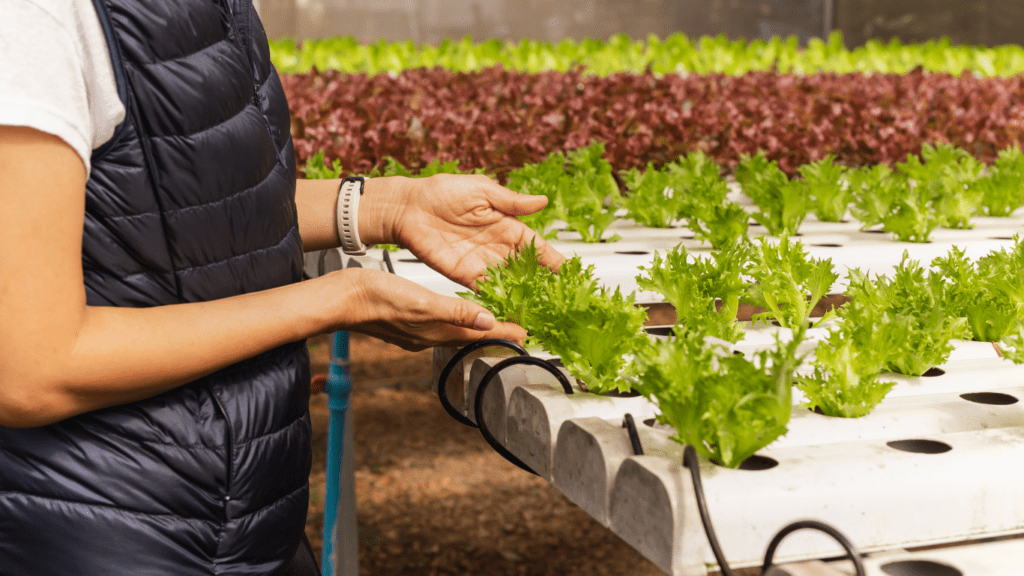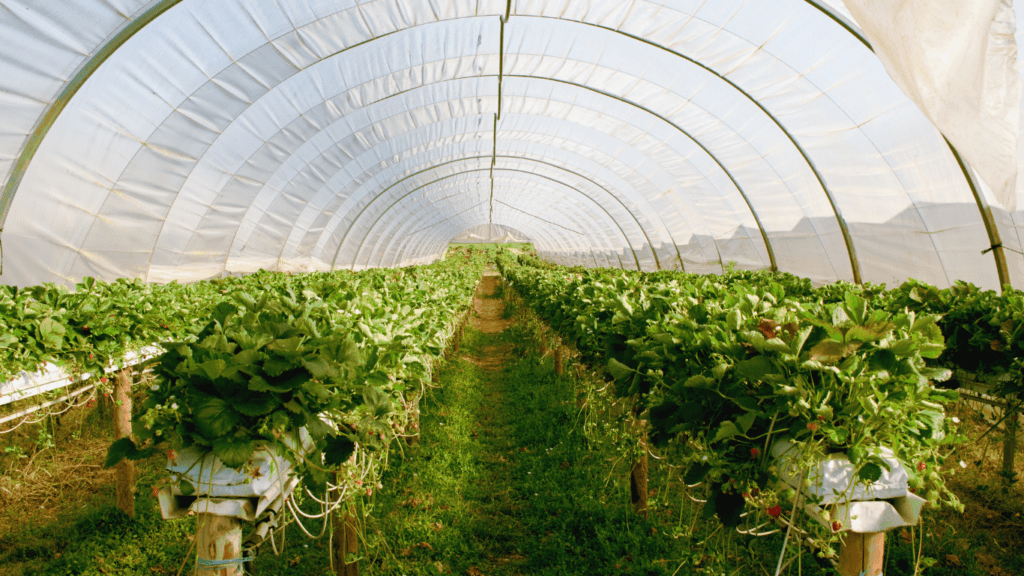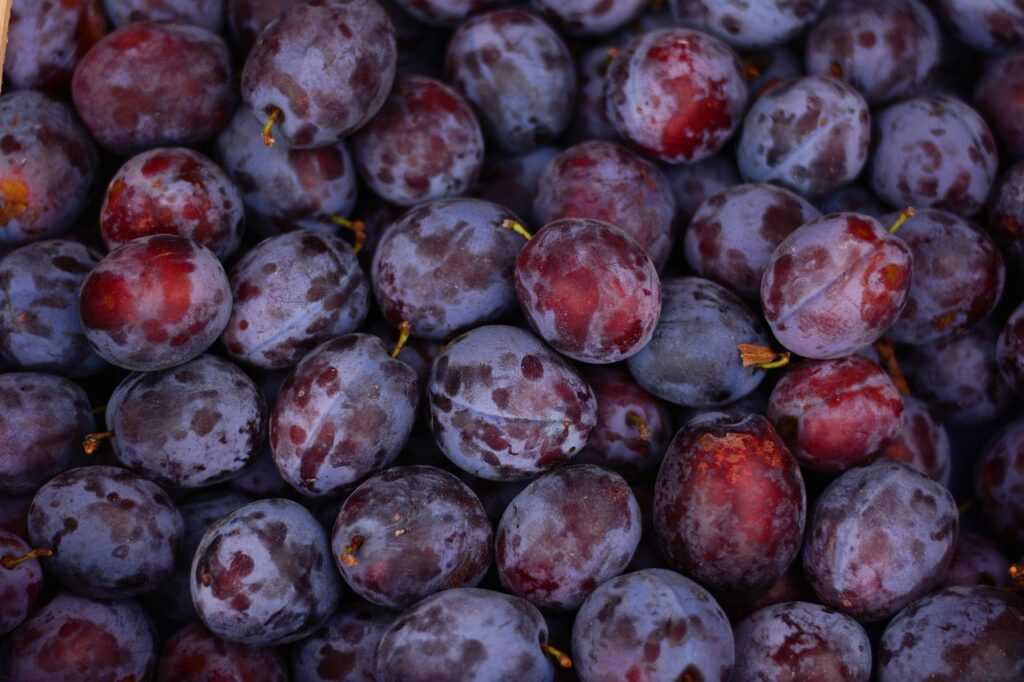Understanding Vertical Farming
Vertical farming involves growing crops in stacked layers, using controlled-environment agriculture technology. This approach maximizes space, allowing for high-density crop production. Utilizing LED lighting, hydroponic or aeroponic systems, and climate control technologies fosters optimal growth conditions.
Advantages include efficient land use, reduced water consumption, and increased crop yields. For example, vertical farms use up to 95% less water than traditional agriculture, making them highly sustainable. They also reduce transportation costs by situating farms closer to urban centers.
Key elements of vertical farming systems:
- LED Lighting: Mimics natural sunlight, promoting photosynthesis regardless of the time of day or weather conditions.
- Hydroponics and Aeroponics: Grow plants without soil, using nutrient-rich solutions or mist.
- Climate Control: Regulates temperature, humidity, and CO2 levels for optimal plant growth.
Adopting vertical farming offers solutions to challenges such as climate change, population growth, and the scarcity of arable land. Given these benefits, the expansion of vertical farming continues to scale, driven by innovation and increased market demand for locally-grown, sustainable produce.
Market Drivers
Vertical farming’s rapid expansion stems from several key market drivers shaping the agricultural landscape.
Technological Advancements
Advances in agricultural technology boost vertical farming. Innovations in LED lighting, for example, enable precise control over light spectra, which optimizes plant growth cycles and maximizes yields.
Hydroponic and aeroponic systems provide efficient nutrient delivery to plants, reducing water usage by up to 90%. Automation and AI-driven systems streamline operations, cutting labor costs and improving efficiency.
Environmental Concerns
Environmental issues drive the need for sustainable agriculture solutions. Vertical farming uses land more efficiently and consumes up to 95% less water than traditional farming.
The controlled environments reduce pesticide use, decreasing chemical runoff into ecosystems. By shortening supply chains and producing food locally, vertical farming cuts transportation emissions, contributing to lower carbon footprints.
Urbanization Trends
Urban growth necessitates new farming methods. With 68% of the global population projected to live in urban areas by 2050 (United Nations), the demand for local, fresh produce increases.
Vertical farms can be located in or near cities, reducing the distance food travels from farm to table. This proximity minimizes spoilage, ensures fresher produce, and meets urban consumers’ preferences for sustainable food sources.
By understanding these market drivers, stakeholders can leverage vertical farming to address current and future agricultural challenges effectively.
Key Market Players
Key players drive the vertical farming industry through innovative solutions. Major companies and emerging startups are leading this expansion.
Major Companies
Several major companies dominate vertical farming.
- Aerofarms focuses on large-scale leafy green production using aeroponics. Established in 2004, it’s a leader in vertical farming technology.
- Plenty aims to create pesticide-free, locally grown produce with its advanced vertical farms. This California-based company leverages cutting-edge automation.
- Bowery Farming operates smart farms using robotics and artificial intelligence to optimize crop production. Based in New York City, Bowery supplies produce to local markets.
- Oishii specializes in growing premium strawberries. It employs vertical farming and proprietary cultivation methods to produce high-quality fruit.
Emerging Startups
Innovative startups contribute to the growth of vertical farming.
Infarm provides modular vertical farming units for supermarkets and restaurants. Founded in Berlin, Infarm’s systems enable on-site farming.
Square Roots operates urban farms in repurposed shipping containers. Co-founded by Kimbal Musk, it focuses on sustainable, local food production.
Freight Farms builds container farms that can operate anywhere. Based in Boston, its products aim to make farming accessible globally.
AeroFarms, Plenty, Bowery Farming, and Oishii lead major advancements, while Infarm, Square Roots, and Freight Farms push innovative, sustainable solutions. They collectively shape the future of vertical farming.
Market Challenges

Vertical farming faces several significant challenges, despite its potential for transforming agriculture.
High Initial Costs
Large investments are needed to establish vertical farms. Costs include constructing multi-story farming structures, integrating advanced technologies like hydroponics and climate control, and maintaining energy-efficient LED systems.
For example, AeroFarms’ 70,000-square-foot facility in Newark required an estimated $30 million to build. High capital expenditures make it difficult for startups to enter the market and for established companies to scale up.
Regulatory Hurdles
Navigating the regulatory landscape poses another challenge. Vertical farming often falls into regulatory grey areas as it combines elements of agriculture, technology, and urban planning.
Inconsistent regulations across regions complicate this further. For instance, zoning laws may limit where vertical farms can operate, and food safety standards may require stringent compliance measures. Companies must navigate these complexities to achieve operational success.
Regional Analysis
The global vertical farming market’s growth varies across regions, influenced by factors like technological adoption, regulatory environment, and urbanization rates.
North America
North America leads due to significant investments and technological advancements. Companies like Aerofarms and Plenty have pioneered large-scale vertical farming, supported by favorable government policies and consumer demand for locally grown produce. Urban centers such as New York and San Francisco exhibit high potential due to dense populations and limited arable land.
Europe
Europe’s market grows steadily, driven by strong environmental regulations and sustainability initiatives. Countries like the Netherlands and Germany focus on innovative agro-technologies and greenhouse farming. European startups, including Infarm and Agricool, emphasize creating sustainable urban farms within cities, boosting local food production.
Asia-Pacific
Asia-Pacific shows rapid expansion due to high urbanization and limited arable land. Countries like Japan, Singapore, and China invest heavily in vertical farming to ensure food security. Notable examples include Japan’s Mirai and Singapore’s Sky Greens, which integrate advanced technologies to overcome land scarcity and enhance crop yields.
Future Prospects
The future of vertical farming looks promising, driven by continuous innovations and increasing investment interest. Below, we explore some critical aspects shaping this industry’s future.
Innovations on the Horizon
Vertical farming continues to evolve with groundbreaking technologies. Advanced LED lighting systems will become more efficient, reducing energy consumption and operational costs. Meanwhile, the use of robotics and AI in smart farms will streamline tasks such as:
- planting
- maintenance
- harvesting
Researchers are developing hybrid farming models combining aquaponics and aeroponics. These systems will improve nutrient delivery and water usage, enhancing sustainability. Increasing focus on IoT integration means farms can achieve higher productivity through real-time data analytics and automated environmental controls.
Investment Opportunities
Investors see vertical farming as a lucrative domain, with the market expected to reach $15.3 billion by 2025 (ResearchAndMarkets). Venture capital is flowing into startups, particularly those leveraging novel techniques and sustainable practices.
Companies like SoftBank and Google Ventures back ventures like Plenty, indicating strong confidence in their scalability and profit potential.
Agricultural giants and food retail companies are also investing in vertical farms to secure fresh produce supplies and mitigate supply chain disruptions.
Real estate developers are exploring partnerships with vertical farming businesses to incorporate these systems into urban infrastructure, ensuring local food production. With governments offering subsidies for sustainable practices, the sector has a promising financial outlook.



